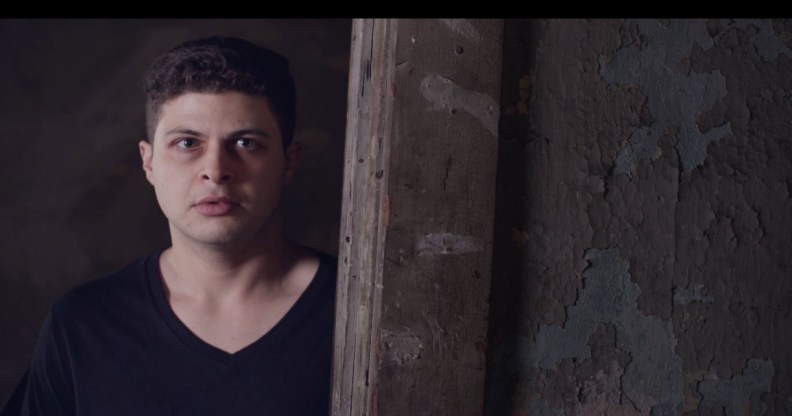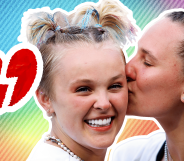Domestic violence among gay couples is alarmingly common, new study indicates

Internalised homophobia drives “alarmingly high rates” of domestic violence among male couples, a new study carried out in the US indicated.
The study from the University of Michigan was published in the peer-reviewed American Journal of Men’s Health in July and looked at the experience of 160 gay couples in three American cities—Atlanta, Georgia, Boston, Massachusetts, and Chicago, Illinois—to analyse which differences, if any, emerged in same-sex couples’ experience of domestic abuse compared to heterosexual couples.
The study found that while certain factors remain the same in indicating levels of intimate partner violence (IPV), such as drug abuse and financial insecurity, internalised homophobia in gay and bisexual men emerged as a key factor driving abuse in a male-male relationship.

“Findings revealed that IPV was more common among partners who had experienced homophobic violence and who had traditionally hegemonic views of masculinity that they had difficulty negotiating, referred to as ‘struggling to be the alpha,'” the research indicated.
The study surveyed both members of the couple in separate setting, allowing them both to express the degree to which they are subject to, and perpetrated, abuse in the relationship.
Researchers categorised abuse as pertaining to five spheres: “physical and sexual,” including hitting partner and rape, “emotional,” such as criticising choices and behaviour, “controlling,” as in preventing seeing family or friends, “monitoring,” reading emails and text messages, and “HIV-related” lying about HIV status and intentional transmission of HIV. The couples were recruited to be “sero-discordant,” meaning that one partner is infected by HIV and the other one is not.
Nearly half of the couples (45.6 percent) reported experiencing some form of abuse with their current partner. Emotional violence was more commonly reported (33.6 percent), followed by monitoring violence, reported by one in five of the respondents. Physical violence was experienced by 9.7 percent of respondents, while controlling behaviour was reported by 6.8 percent.

A demonstrator brandishes a rainbow flag sticker as he protests against homophobia and repression against gays in Russia (Photo by Curto De La Torre/AFP/Getty Images)
The lead author of the study, University of Michigan professor of nursing and director of the Center for Sexuality and Health Disparity Rob Stephenson, hopes that the findings will change doctors’ perception of domestic abuse.
“If you just looked at physical and sexual violence in male couples, it’s about 25 to 30 percent, roughly the same as women,” he said in a statement, adding: “We’re stuck in this mental representation of domestic violence as a female victim and a male perpetrator, and while that is very important, there are other forms of domestic violence in all types of relationships.”
While the research’s sample is limited, it presents results consistent with previous studies on domestic violence among same-sex couples. In 2013, US Centers for Disease Control and Prevention found that rates of abuse in same-sex relationships were similar to those in heterosexual couples, while another study by the Northwestern University Feinberg School of Medicine in Chicago a year later found higher rates of domestic violence in same-sex couples compared to opposite-sex ones.
“There are external stressors, like discrimination and violence against gays, and there are internal stressors, such as internalised negative attitudes about homosexuality,” Richard Carroll, a psychologist and co-author of the Northwestern research, told the BBC at the time.

